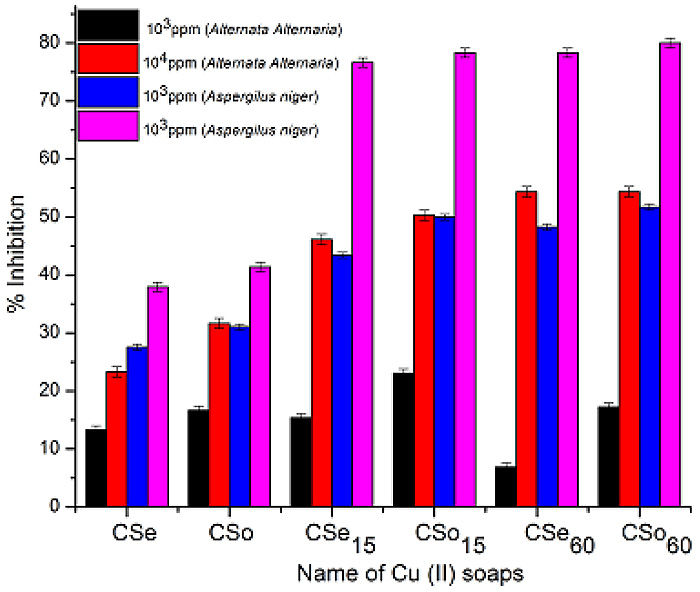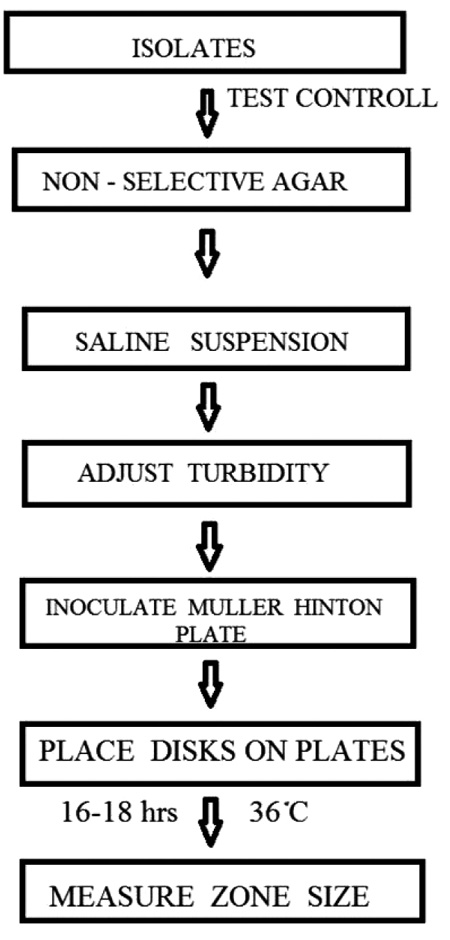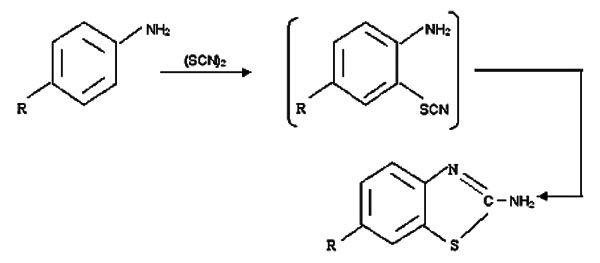REVIEW ARTICLE
Nanomedicine-Mediated Combination Drug Therapy in Tumor
Dazhong Chen1, Fangyuan Xie1, 4, Duxin Sun3, Chuan Yin2, Jie Gao1, 3, *, Yanqiang Zhong1, *
Article Information
Identifiers and Pagination:
Year: 2017Volume: 4
First Page: 1
Last Page: 10
Publisher Id: PHARMSCI-4-1
DOI: 10.2174/1874844901704010001
Article History:
Received Date: 26/10/2016Revision Received Date: 27/11/2016
Acceptance Date: 13/12/2016
Electronic publication date: 19/01/2017
Collection year: 2017
open-access license: This is an open access article licensed under the terms of the Creative Commons Attribution-Non-Commercial 4.0 International Public License (CC BY-NC 4.0) (https://creativecommons.org/licenses/by-nc/4.0/legalcode), which permits unrestricted, non-commercial use, distribution and reproduction in any medium, provided the work is properly cited.
Abstract
Background:
Combined chemotherapy has gradually become one of the conventional methods of cancer treatment due to the limitation of monotherapy. However, combined chemotherapy has several drawbacks that may lead to treatment failure because drug synergy cannot be guaranteed, achievement of the optimal synergistic drug ratio is difficult, and drug uptake into the tumor is inconsistent. Nanomedicine can be a safe and effective form of drug delivery, which may address the problems associated with combination chemotherapy.
Objective:
This review summarizes the recent research in this area, including the use of nanoparticles, liposomes, lipid-polymer hybrid nanoparticles, and polymeric micelles, and provides new approach for combined chemotherapy.
Methods:
By collecting and referring to the related literature in recent years.
Results:
Compared with conventional drugs, nanomedicine has the following advantages: it increases bioavailability of poorly soluble drugs, prolongs drug circulation time in vivo, and permits multiple drug loading, all of which could improve drug efficacy and reduce toxicity. Furthermore, nanomedicine can maintain the synergistic ratio of the drugs; deliver the drugs to the tumor at the same time, such that two or more drugs of tumor treatment achieve synchronization in time and space; and alter the pharmacokinetics and distribution profile in vivo such that these are dependent on nanocarrier properties (rather than being dependent on the drugs themselves).
Conclusion:
Therefore, nanomedicine-mediated combination drug therapy is promising in the treatment of tumors.














